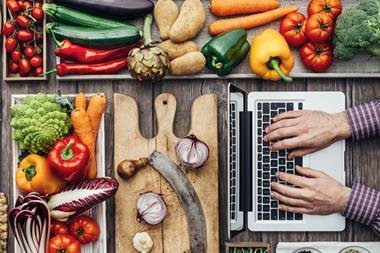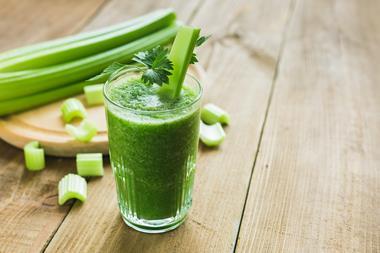
The IGD is predicting growth in online grocery sales of 52.4% by 2023. This has resulted in brands continuing to increase their online shopper marketing budgets. Grocer-owned online media on their e-commerce sites (for example department banners, favourite interrupts) represents the lion’s share of investment, but digital advertising channels outside the grocers’ control are in rapid growth.
Retailers are often asking for up to 30% of shopper investment to be spent online (despite it representing only 7% of grocery sales), but the very limited access to data, particularly for campaign measurement, creates a lack of trust between retailers and brands. Brands often feel it is ‘necessary’ to spend, as opposed to investing to generate ROI.
If done well, grocery dotcom advertising has the potential to be hugely effective – it’s close to the point of purchase, should be 100% compliant, naturally generates higher levels of loyalty through ‘favourites’ shopping, and it is far more flexible than printing messages on to cardboard to send into shops. But to realise its full potential as a media channel, the ‘black hole’ of limited data needs to be dealt with.
Opinion: It’s time for retailers to evolve their smartphone grocery shopping strategies
By starting to share performance data on campaigns, or by trading media based on impressions, retailers will be able to improve effectiveness of these media assets over time. Not only will that increase the attractiveness and indeed competitiveness of the channel as a marketing investment, but it’ll improve top-line sales performance as well.
Specialist digital advertising providers are increasing pressure and growing their share of the spend, with providers like Blis and Shopmium offering competitive value, performance and new options in the grocery sector. Their focus on making digital advertising work in grocery for low-consideration, low price point products is providing an attractive alternative for fmcgs who can now demonstrate strong performance.
That said, the grocery dotcom tanker is starting to turn and Tesco now sells the vast majority of its online advertising on an impressions basis. Much of the inventory is targetable by the ever-powerful Clubcard data (which covers 100% of online sales). Asda has enabled geo-targeting for online marketing; this allows you to switch on or off different regions, allowing brands to create control groups in order to measure sales uplift, whether directly through their site or people who research online then purchase offline. This transparency is much needed and will help brands make more informed marketing choices, improve performance and make the case for increased spend in shopper advertising.
Opinion: What search tells us about the latest healthy diet trends
While today grocery dotcom advertising appears expensive, it is likely that its full impact is not measured comprehensively, or indeed well. Most performance analysis is focused on the direct impact of the campaign on online sales, ignoring the potential for it to influence customers to later buy in-store, or for it to increase sales in the long-term by it becoming a shopper’s ‘favourite’. Taking into account all the ways the media can generate an uplift in sales will help to inform and potentially even justify its pricing over time.
The more retailers can open up the secrets of their dotcom advertising and e-commerce platforms, the more attractive they will be to both brands and shoppers. I genuinely believe there is huge opportunity in this form of advertising (which will only increase as we shop for groceries more online) – but the pace of change needs to accelerate.
Matt Lee is managing director at Capture



















No comments yet